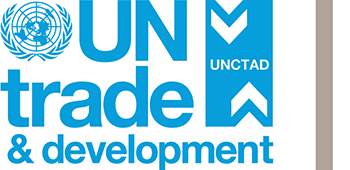This paper uses UNCTAD’s Global Policy Model (GPM) to project the economic prospects for 34 Developed and Developing Economies from 2022 to 2030. Fifteen Developing Countries have been added to the Model’s database for this exercise.
The GPM’s Global Scenario covers nine Regions: Europe, North America, Russia and Central Asia, Central and South America, North Africa and the Middle East, Sub-Saharan Africa, South Asia, South-East Asia, and China, East Asia and the Pacific.
The Scenario uses baseline data from the period 2011-19 and earlier to make projections for what it calls the COVID Period of 2020-2025 and the ensuing recovery period of 2026-2030.
The focus is on trends in six Economic Variables: Real GDP Growth, GDP Per Capita, the Government Deficit, the Government Debt, the Current Account and the International Investment Position. The last four are presented as a % of GDP. Also included are results for the Ratio of Women’s to Men’s Employment.
Sub-Saharan Africa; North Africa and the Middle East; and Russia and Central Asia are projected to perform poorly on Real GDP Growth and levels of GDP Per Capita while China, East Asia and the Pacific; and South Asia are projected to do well.
Government Debt is projected to rise to high levels in North America; China, East Asia and the Pacific; Central and South America; and South Asia; while Debt levels remain stable in Europe and relatively low in Russia and Central Asia.
China, East Asia and the Pacific, and Europe are projected to have significantly positive International Investment Positions while South Asia, Sub-Saharan Africa and North America are projected to have significantly negative positions.
